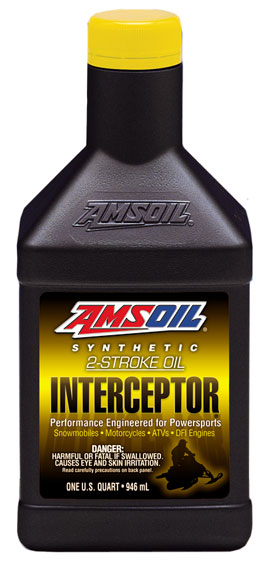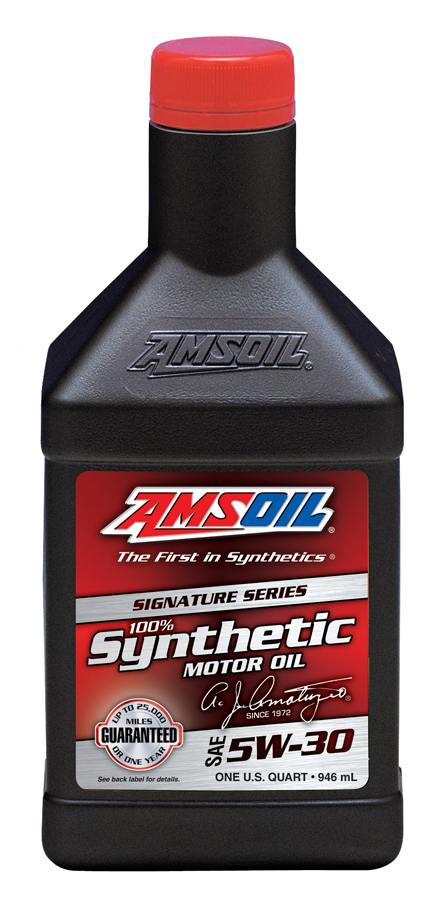Automotive oil and motorcycle oil are not the same.
Motorcycles have specific requirements that automotive oils may not address.
One of the sure signs of summer is the abundance of motorcycles operating on the roads across Canada. Canadians registered a total of 672,428 motorcycles or mopeds during 2013. Manitoba alone recorded 17,186 of these. Motorcycle culture and the thrill of the open road bring thousands of new riders and enthusiasts into the hobby every year. Although many “gear heads” love working on their bikes, few want to be doing repairs or experiencing downtime from riding that could be prevented by basic maintenance. As with any vehicle powered by an internal combustion engine, proper lubrication is essential to ensure performance and longevity.
“This is due primarily to differences in both engine design and vehicle applications. Motorcycles often operate under more severe conditions than passenger cars.”
In the past, it was common for motorcycles to run on engine oils designed for four-stroke automobile engines. And if you spend any time on online motorcycle forums, you’ll see plenty of folks still advocating the use of automotive oil for motorcycles. What is their rationale? They’re looking to save a couple bucks on a quart of oil, as the majority of oils blended specifically for motorcycle applications are more expensive per quart than their automotive counterparts. But is using auto oil in your motorcycle a good practice?
Why Does It Matter
There are several reasons why motorcycle oils are better for your bike than automotive oils.
Motorcycles have fundamentally different lubrication requirements than automobiles. This is due primarily to differences in both engine design and vehicle applications. Motorcycles often operate under more severe conditions than passenger cars. They usually run faster, are air-cooled and share an oil sump between the engine, clutches and gears. The oil, therefore, must lubricate not only the engine, but the transmission and, in the case of wet-clutch motorcycles, the clutches, too. Many automotive oils, because of fuel economy requirements, are now formulated with friction modifiers. In a motorcycle with a wet clutch, these additives cause clutch slip and power loss.
Motorcycles Are Used Differently Than Cars
Operating habits are different, too. While many of us rely on a car or truck for year-round day-to-day transportation and for longer road trips, motorcycles are often ridden seasonally, on weekends or on shorter trips. These trips often occur during warm summer weather, when the cooling system has to work even harder. Thus, a motorcycle lubricant must protect against high temperatures and high engine rpm while providing smooth wet-clutch operation and protecting gears and chains from operational pressure extremes. Because of these factors, many motorcycle oils are engineered with high viscosity to help prevent gear pitting, oil burn-off and oil consumption.
Retaining that viscosity is critical to ensure components remain protected. The high rpm and shared oil sumps common to motorcycles create an environment that promotes shearing. In fact, transmission gear sets are the leading cause of shear-induced viscosity loss in motorcycle applications. The oil’s shear-stability and viscosity retention are vital for protecting motorcycles.
The Effects of Repeated Storage
Additionally, motorcycles are often stored for several months during winter – a time when condensation can cause rust, which accelerates wear and can damage engine components. Rust is also a problem inherent to the shorter drive times motorcycles often endure. If not combated, rust can cause bearing corrosion which results in vibration, noise, increased temperatures and catastrophic failure. Effective motorcycle oils must include rust inhibitors to keep engines and components free from corrosion.
Unless You are in a Hot Tub... Foam is Bad
Motorcycle oils must also prevent foam from forming, which happens when air enters the lubricating oil during normal engine and transmission operation. Foam bubbles entering a lubricated area take the place of the lubricant film and compress easily, leading to metal-to-metal contact. Foam also promotes increased oxidation because more of the oil’s surface area is exposed to oxygen. An oil’s tendency to foam should be considered when selecting an oil for your motorcycle.
Protect Your Valuable Machine With the Right Oil
For many riders, motorcycles represent significant investments of thousands of dollars. It only makes sense to protect those investments with products tailored to address their specific lubrication requirements.


 A specialized oil for today’s specialized engines High-performance 2-stroke oil with an emphasis on exhaust power valves. Contains high levels of detergent additives to prevent valve sticking. Replaces manufacturer-branded oils. Injector use or 50:1 premix. Excellent in snowmobiles, motorcycles, PWC, ATVs and jet boats. See
A specialized oil for today’s specialized engines High-performance 2-stroke oil with an emphasis on exhaust power valves. Contains high levels of detergent additives to prevent valve sticking. Replaces manufacturer-branded oils. Injector use or 50:1 premix. Excellent in snowmobiles, motorcycles, PWC, ATVs and jet boats. See  The Top Tier of AMSOIL Synthetic Motor Oil AMSOIL Signature Series Synthetic Motor Oil delivers extraordinary lubrication in all types of automotive gasoline engines. By combining industry-premier synthetic technology with AMSOIL premium additives, Signature Series Synthetic Motor Oil exceeds the higher performance demands of modern engines.
The Top Tier of AMSOIL Synthetic Motor Oil AMSOIL Signature Series Synthetic Motor Oil delivers extraordinary lubrication in all types of automotive gasoline engines. By combining industry-premier synthetic technology with AMSOIL premium additives, Signature Series Synthetic Motor Oil exceeds the higher performance demands of modern engines.